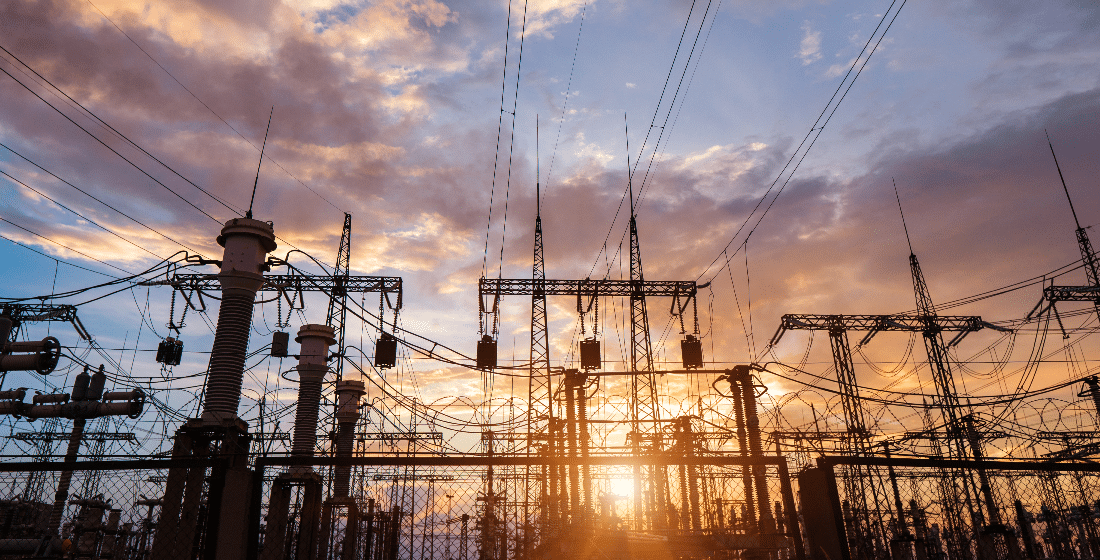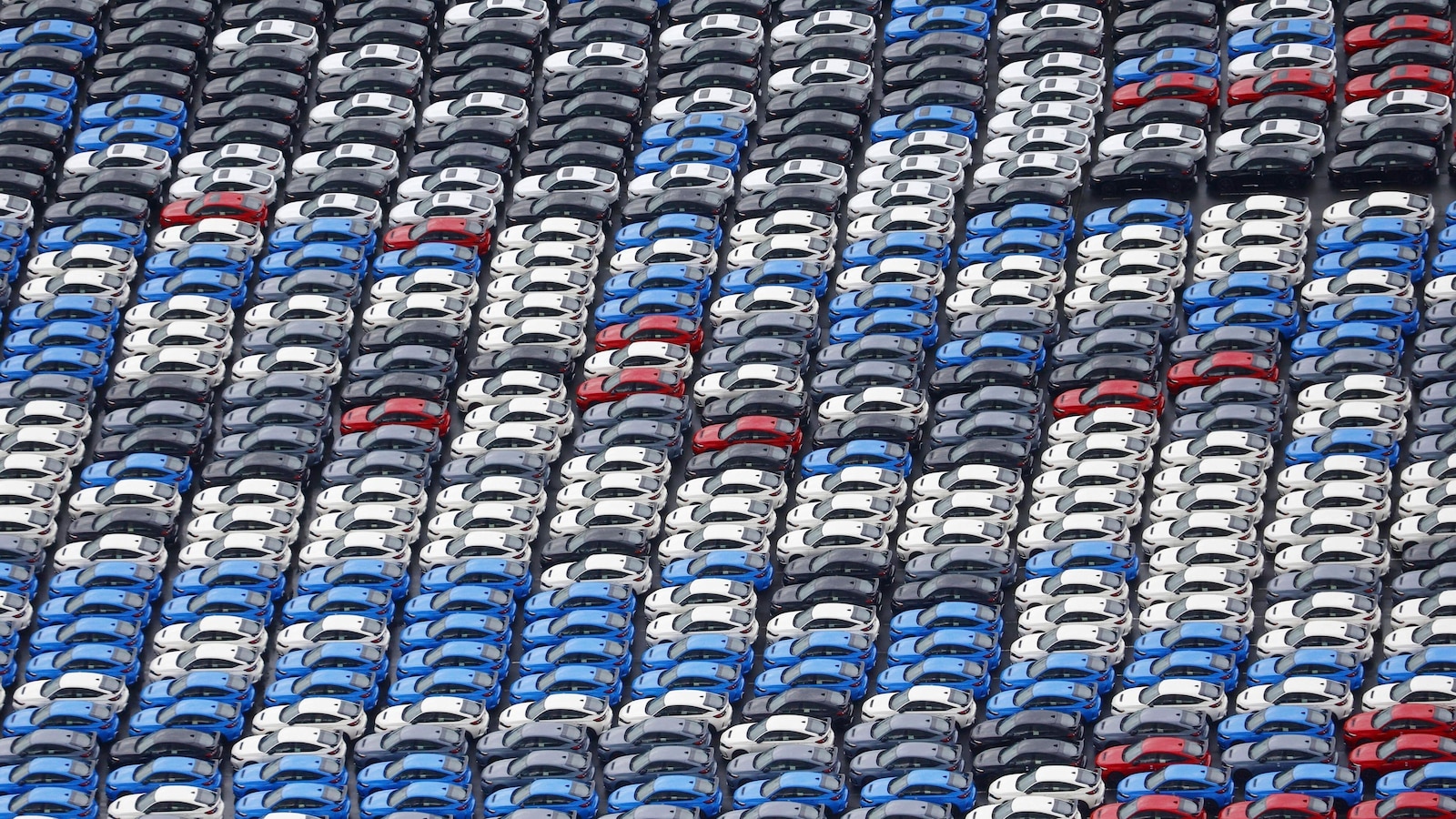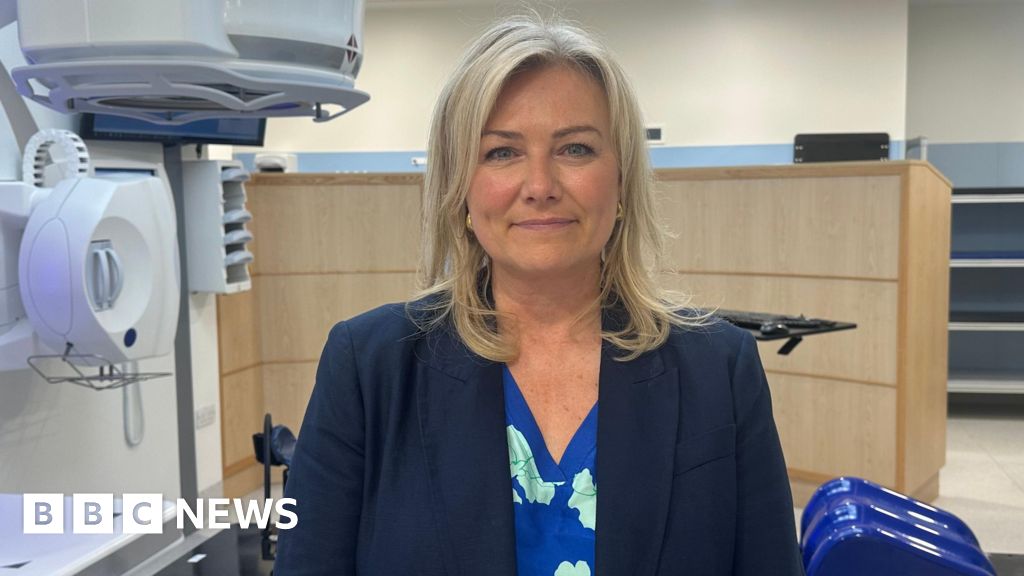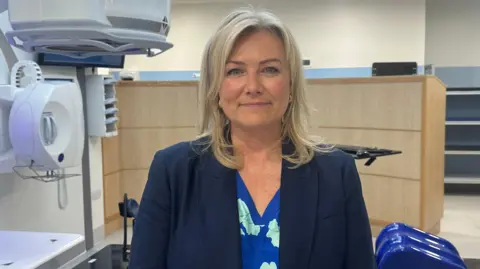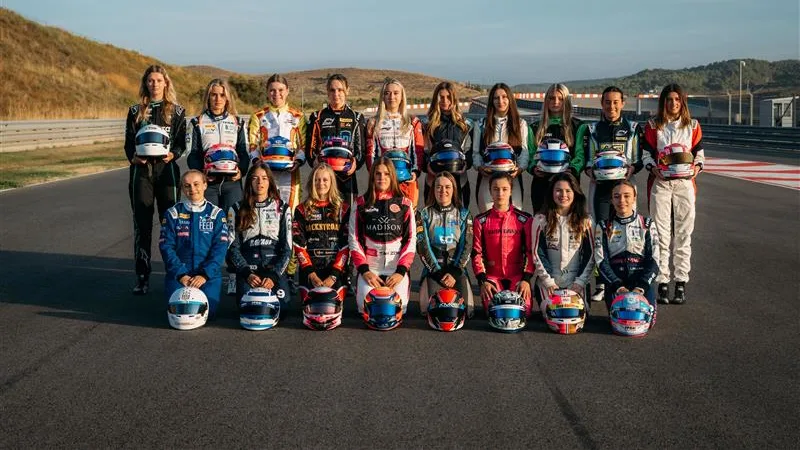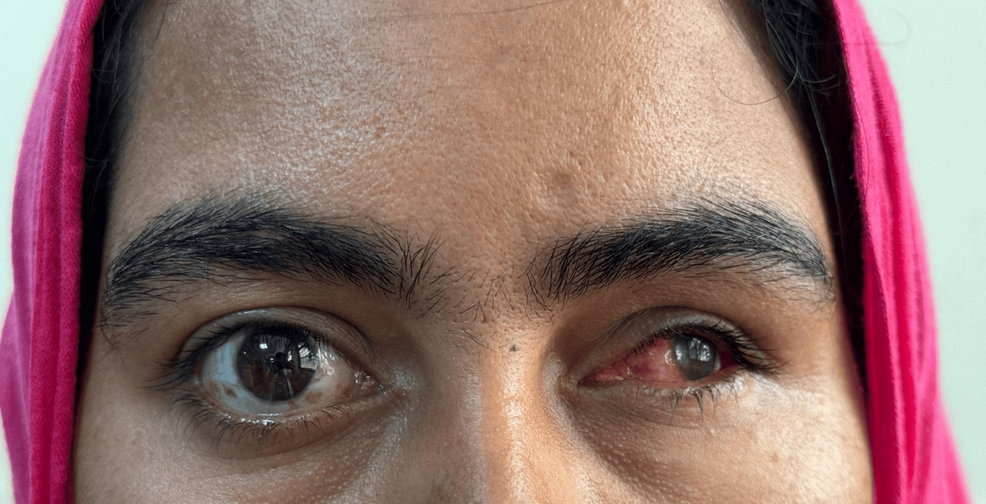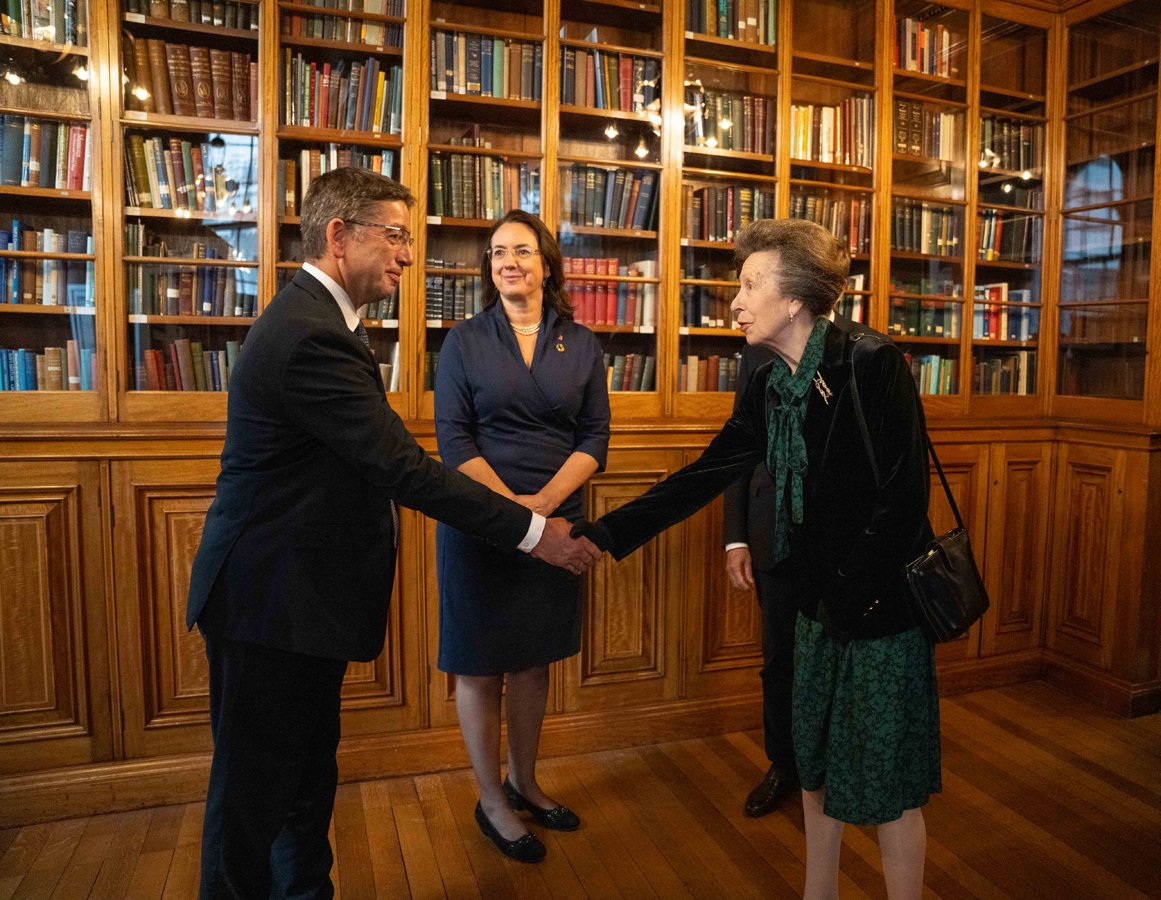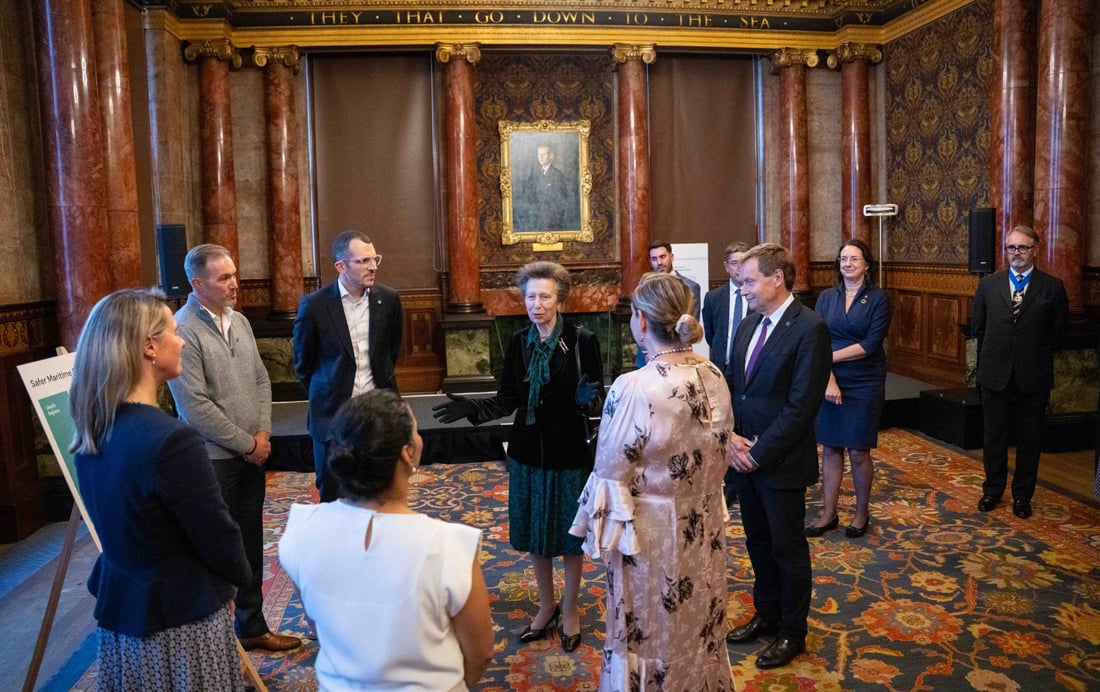The National Electric Power Regulatory Authority (NEPRA) has raised serious concerns over the country’s rising capacity charges, terming them a major reason behind the steep electricity tariffs.
During a public hearing on Thursday on petitions filed by 11 distribution companies (Discos) for the determination of Use of System Charges (UoSC), NEPRA Member (Technical) Rafique Ahmad Shaikh remarked that “only a miracle” could reduce capacity charges under the current circumstances.
The hearing, chaired virtually by NEPRA Chairman Waseem Mukhtar, was also attended by Member (Law) Amina Ahmed and Member (Development) Maqsood Anwar Khan. Government representatives, including PPMC Managing Director Mehfooz Bhatti, outlined a plan to auction 800 MW of electricity at wheeling charges averaging Rs. 12.55/kWh, with a maximum limit of 1 MW.
GEPCO’s team presented multiple models for launching the Competitive Trading Bilateral Contract Market (CTBCM), including a hybrid system. However, NEPRA members expressed concerns, highlighting the absence of an approved Standard Cost Framework, which remains a prerequisite for moving forward.
The regulator emphasized that it can only approve grid charges, not standard costs, until the government submits the required framework. Officials clarified that industrial consumers are already charged under a two-part tariff system, and a hybrid model combining volumetric (kWh-based) and capacity-based (kW/month) charges is under review.
Industry stakeholders, including the Karachi Chamber of Commerce and Industry (KCCI), criticized the petitions, warning that higher wheeling and system charges would hurt industrial competitiveness and risk overburdening specific consumer groups. KCCI’s Tanveer Barry argued that such costs could undermine exports and called for a more transparent and equitable framework.
NEPRA noted that capacity charges remain excluded from the proposed UoSC/Grid Charges in line with the National Electricity Plan 2023–27, but admitted that recovery shortfalls and inefficiencies continue to drive up these costs.
